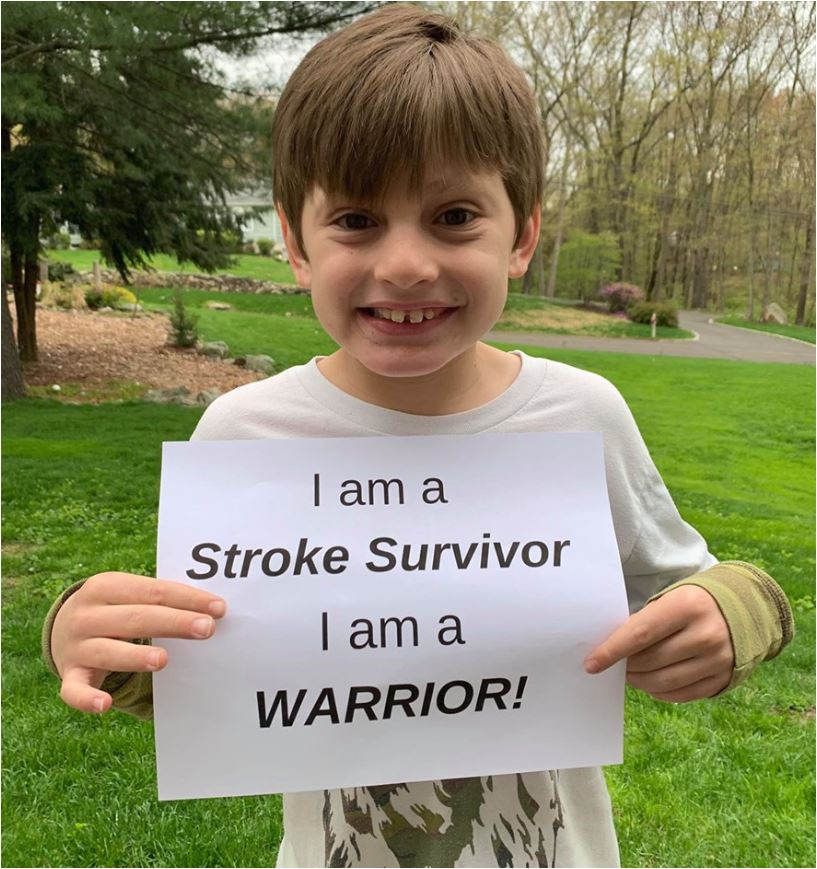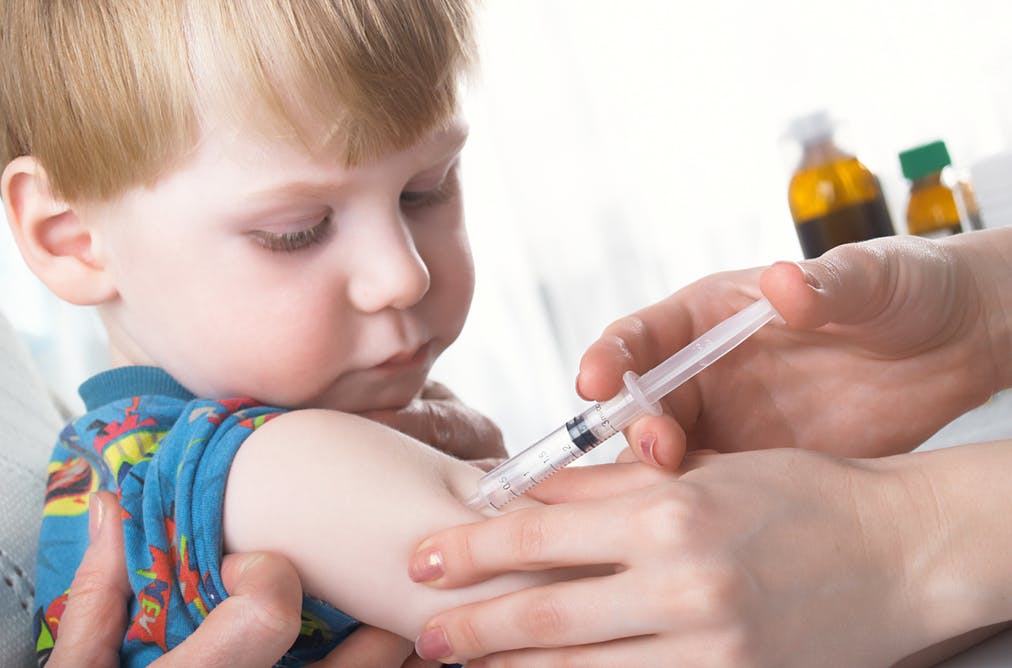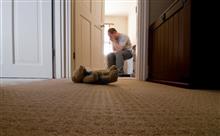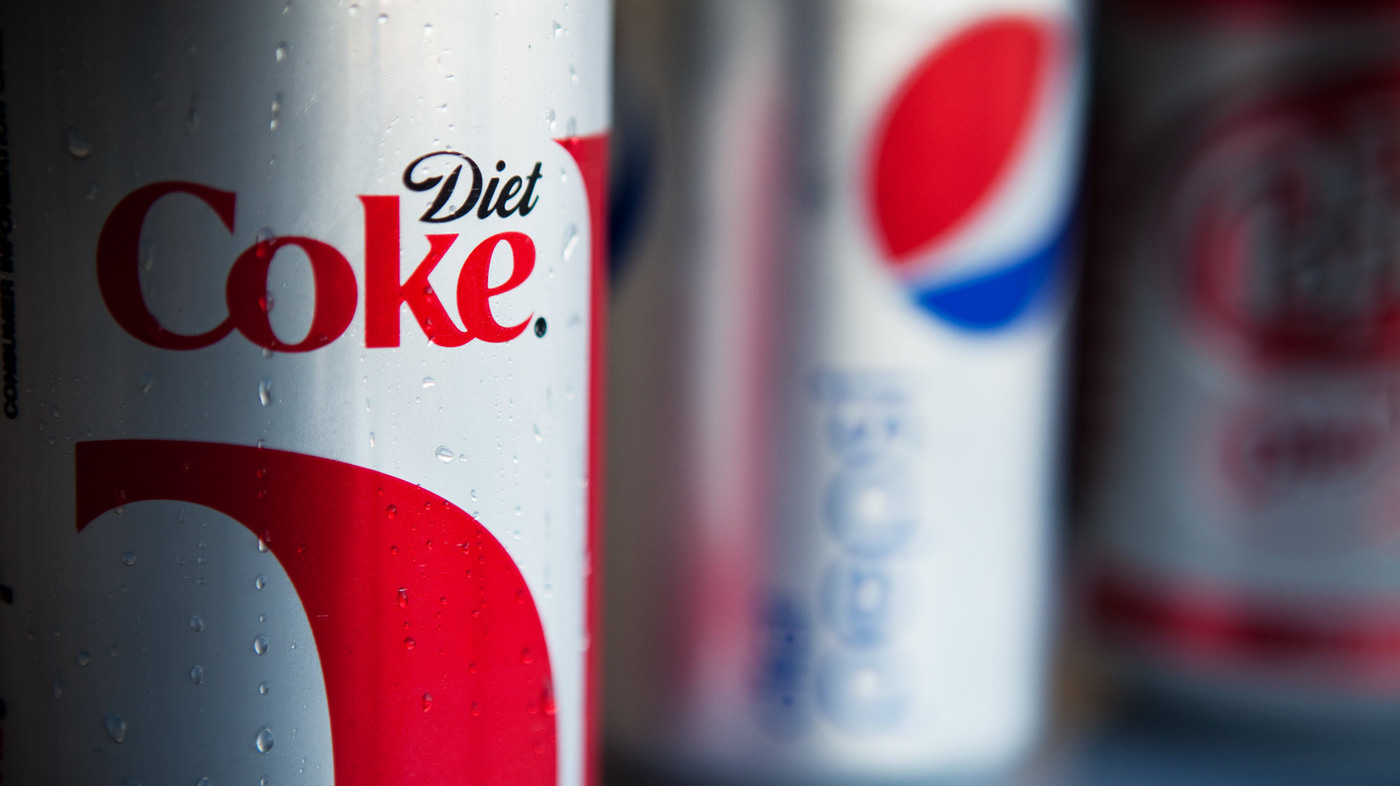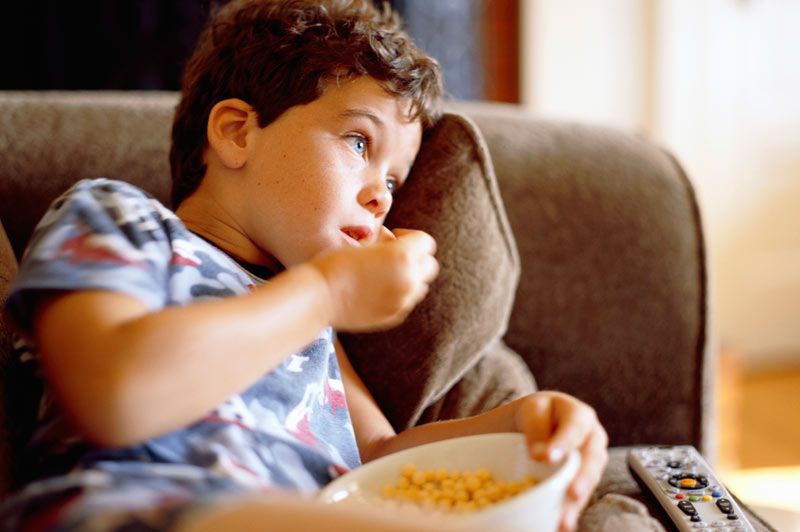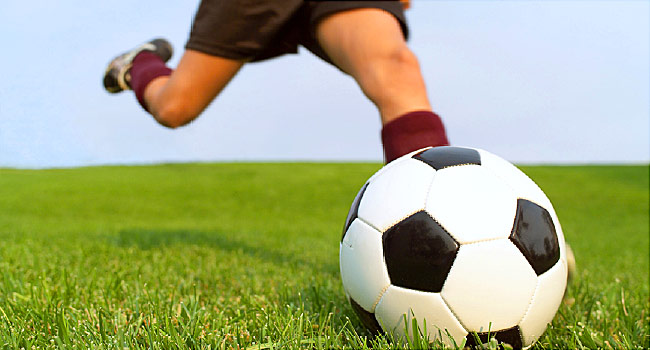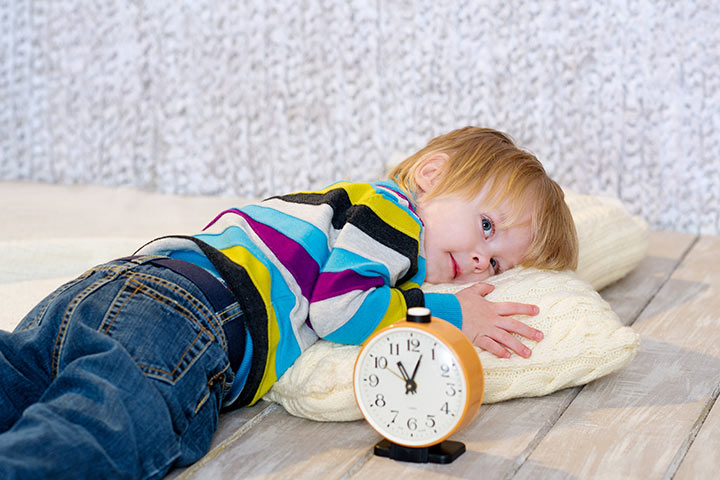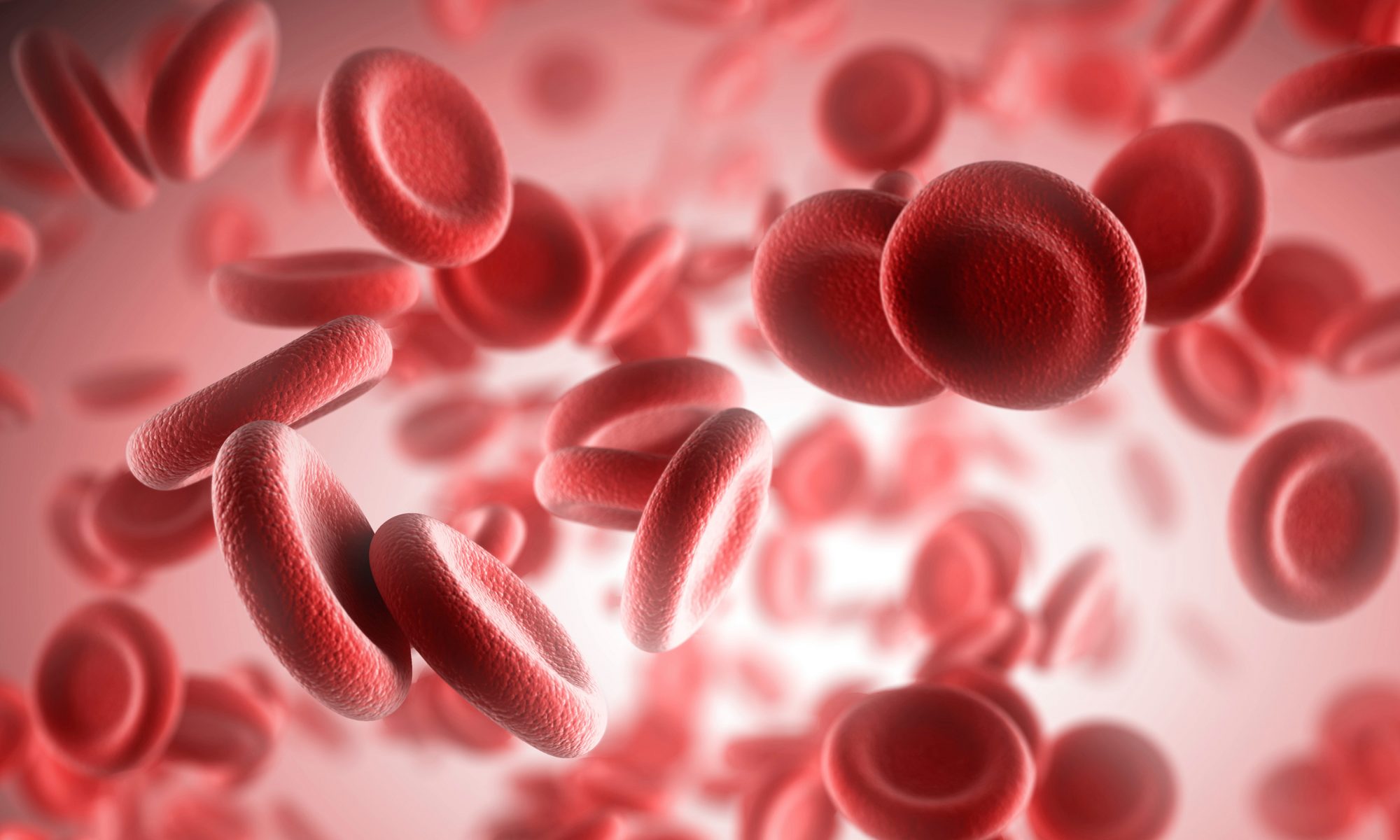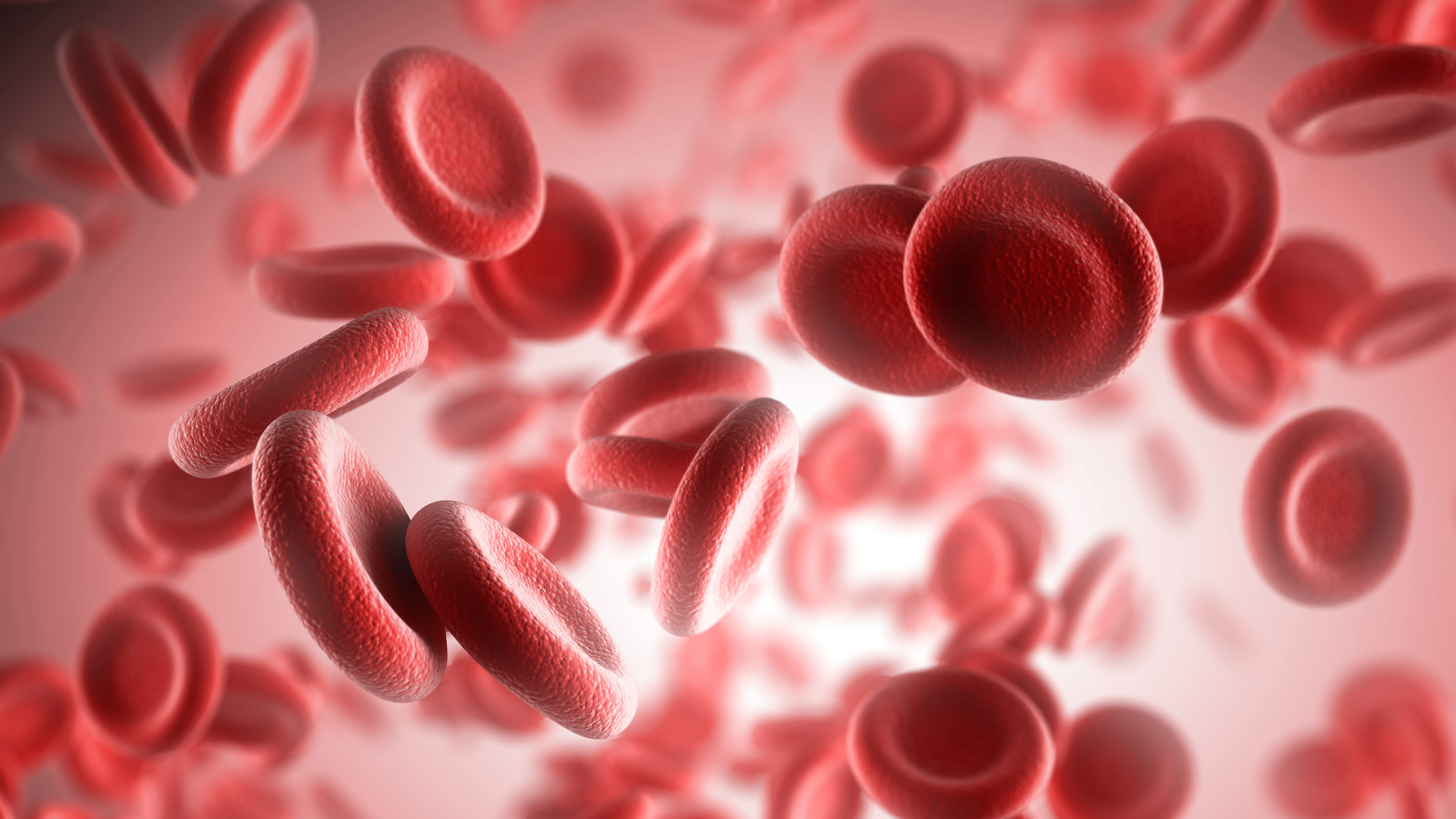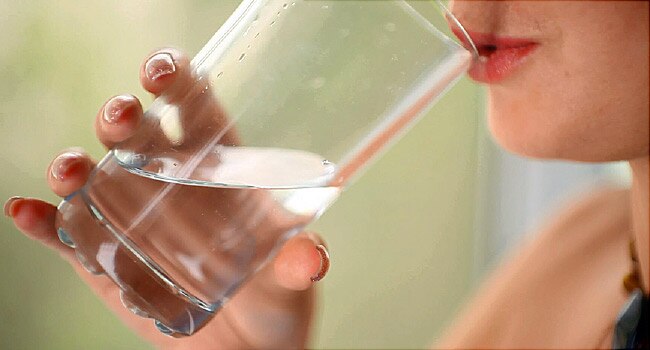
By Jennifer Clopton
July 29, 2019 — Kids need to drink plenty of water all year long — and especially in the summer — to stay healthy, hydrated, and active. But a recent study finds that on any given day, a staggering 20% of the children in the U.S. don’t drink a drop of water from tap or bottled sources.
“That doesn’t mean they don’t drink water on other days. But I think 1 in 5 kids not drinking any water on any given day is a bit surprising,” says the study’s author, Asher Rosinger, PhD, director of the Water, Health and Nutrition Laboratory at Pennsylvania State University in State College.
“Kids should be drinking water every day because water is the healthiest,” he says.
But for many parents, getting their children to drink water is not only a challenge, it is an almost impossible task. This lack of water can have deep impacts on children. It contributes to obesity, affects their performance in school, and can lead to other unhealthy habits.
“Our 6-year-old daughter drinks water, but with our son, who will be 2 in August, he won’t even drink a cup a day,” says Sarah Ford. “He drinks milk and half-water, half-juice, and that’s it. I’m at a loss as to how to get more water in him.”
She’s not alone, and this isn’t a problem parents can shrug away or ignore. The CDC says water consumption is a key part of keeping healthy, staying hydrated, and managing a healthy weight, and doctors say there are many health risks when children don’t get enough.
“Mild dehydration leads to symptoms like fatigue, headache, and poor endurance. Longer term, chronic lack of fluids affects the kidneys, the liver, the brain, and can lead to constipation, which can be very problematic,” explains Linda Friehling, MD, a pediatrician and assistant professor of general pediatrics at West Virginia University in Morgantown.
Julie A., who asked that we not use her last name, has seen her daughter negatively affected from not drinking enough water. “My daughter would get off the bus in kindergarten with her head hung, exhausted, saying she had a headache, and then she would usually vomit,” the mom says. “I would give her a bottle of water or Gatorade, and she would fall asleep on the couch, wake up an hour later, and be fine. No fever or other symptoms. It took me a while to realize she was simply dehydrated.”
The latest research indicates this is a real challenge for many. Rosinger’s study, published in JAMA Pediatrics in April 2019, analyzed 8,400 children and young adults in the U.S., showing everything they ate and drank in a 24-hour period. That data not only found that 20% of kids aren’t drinking water in a given day. It also showed that when kids didn’t drink water, they were more likely to drink sugar-sweetened beverages.
“Those kids that did not drink any plain water consumed almost twice as many calories as kids that consumed water. That is when they would drink more than 10% of their daily calories from sugary drinks,” Rosinger says.
The Penn State research team found that when children did that, they added 100 calories a day to their diet — increasing their risk of becoming overweight or obese.
“The association indicates that when kids drink water on a given day, their caloric intake from sugary drinks is half that of kids who don’t drink water,” Rosinger says. “So the recommendation that is very important for parents and pediatricians is that water should be the first beverage offered. If kids are consuming water, they get hydration from that instead of less healthy sources.”
What’s a parent to do if their children struggle or downright refuse to drink water? WebMD takes a closer look at the problem — and solutions.
Why Don’t Kids Drink Water?
There isn’t just one reason that kids don’t drink water.
“It is definitely a more complex issue than you might think,” says Erica L. Kenney, ScD, an assistant professor at the Harvard T. H. Chan School of Public Health.
Some don’t like how it tastes, and others don’t know how much their bodies need it. The problem is made worse in some places by water distrust. “It should be easy to go get a drink of water when you want one because tap water should be readily available and clean, but that’s not always the case,” she says.
A study published by Kenney’s research partners in 2019 that looked at statewide initiatives between 2016 and 2018 in 24 states and the District of Columbia found that many students attend public schools in states where not all taps are tested for lead. Kenney was also lead author of a 2017 study that found that racial, ethnic, and socioeconomic disparities in water consumption are related to differences in tap water. Kenney pointed to a 2014 study that found black and Hispanic adults were more likely to say their tap water was not safe to drink, leading them to drink less of it.
“I think something similar might be going on with children,” she says. “Kids who drank more tap water had a lower risk of being poorly hydrated, and it makes sense. If you do live in a place where your tap water is safe, abundant, and cheap, it’s the quickest and easiest route to hydration.”
Melissa Mays understands the effect of water distrust on children’s drinking habits. The mother of three and activist from Flint, MI, filed a Safe Drinking Water Act lawsuit against her state government, forcing it to replace water service lines polluted by lead as a result of the city’s water crisis.
“There is a serious distrust here of water,” she says. “It is hard, especially for younger kids. This is all they know — that water is bad. You try not to teach them water is bad, but you have to teach them to be safe.”
Mays says when water distrust is an issue, finances sometimes rule your decisions. “A lot of parents will get a 2-liter of soda because it’s easier to come by and cheaper than a case of water,” she explains. “I understand that for many families, it is a hard choice. There are a lot of hard decisions.”
Access to water at schools, camps, daycares, and preschools is another big challenge. The CDC stresses the need for students to drink water at school and has materials aimed at increasing access to it. But research published in 2016 in the Journal of Adolescent Health looked at access in 59 middle and high schools in Massachusetts. It found many schools weren’t meeting state or federal policies for minimum drinking water access for students, and in some cases, school staff may not have been accurately reporting water access.
“This is something that I think adults forget about,” Kenney says. “When you become an adult and you want a drink of water, you can generally get it. As a kid though, you are in a captive school environment, and it really depends on whether or not the school makes it easy to get the water. In some cases, there are a lot of hoops kids can have to jump through, and you can easily have a scenario where kids are going through the day and can’t get enough water to satisfy their thirst.”
Parents report many problems in school settings. Some say there are logistical and time challenges for students when it comes to getting to the bathroom. Others say water isn’t offered or encouraged in the hopes of limiting diaper changes in preschool and bathroom trips, or other distractions in older grades.
“I send my kids to school with water bottles, but they aren’t allowed to just leave them on their desk or go grab whenever. Super frustrating,” Jenn Pullen says.
“When my kids started full-time preschool last year, they did not know how to use the water fountain. They just could not get the knack of it and didn’t know how to request water from a teacher. Refillable water bottles were not allowed due to possible contamination with kids swapping bottles. My kids were coming back with stomachaches and constipation,” Rosy Estrada says.
Estrada says she’s since worked with the administration at her child’s school to raise awareness of the importance of drinking water, especially on hot days, and there are now systems in place to ensure children drink enough water throughout the day.
Understanding the Problem
So how much water should kids drink? An old adage says we should all be drinking 8 glasses a day, but in reality, guidelines vary. Some scientific publications say thirst can be your guide, but the Academy of Nutrition & Dietetics says that’s not a good idea with children.
“Children that complain often of thirst may not be drinking enough, because if you experience thirst, you may already be dehydrated,” says Kristi King, a registered dietitian nutritionist and a senior dietitian at Texas Children’s Hospital in Houston. “A great indicator is making sure their urine is pale yellow and not dark yellow. You may also be able to tell by their mood. A well-hydrated child typically is energized, where if they are dehydrated, they may be sleepy, fussy, or more moody than normal.”
CHOC Children’s, a California hospital, recommends kids drink one 8-ounce cup of water a day for every year of age. For example, 2-year-olds should drink 2 cups; 8-year-olds should have 8. Kids ages 9 and older should also have 8 cups.
The Academy of Nutrition & Dietetics says parents also need to pay close attention to how much water their children drink before, during, and after physical activity, especially in hot weather. The nutrition group recommends half a cup to 2 cups of water every 15 to 20 minutes during exercise.
Keeping children properly hydrated has long been a challenge. Kenney has been doing research in this area for several years. When she and her team looked at the hydration status of children and teens in the U.S. from 2009 to 2012 for research published in the American Journal of Public Health in 2015, about half (54.5%) of more than 4,000 participants between the ages of 6 and 19 weren’t hydrated enough.
Solutions
When it comes to solutions, advocates say you have to approach a complex problem like this in many different ways. There are organizations and advocates like the National Drinking Water Alliance working to make sure all children have access to clean and safe drinking water.
“I don’t think we have enough concrete solutions,” Kenney says. “I think there needs to be more investment in improving infrastructure for kids and families. There are a lot of homes that have outdated plumbing. We need to improve access. There also needs to be an effort to help kids trust tap water and think of it as something they drink with meals.”
Friehling says there is a role for the nation’s pediatricians to play in solving this problem, too. “From a pediatric standpoint, there is much that can be done to encourage children to drink water. I start discussing it at a very early age, between 4 and 6 months — at the same time that I discuss starting solid foods,” she explains. “I recommend that parents offer plain water, in a bottle or cup, with every meal, and drink water themselves to provide a model. Babies that have been drinking water since before they can remember are less likely to reject it later on.Experts say parents can also help boost how much water their children drink. Here are several ways to try to get ahead of the problem.
Make it a habit. The best way to get your kids drinking more water is to make it a family practice, from as early an age as possible. “I think that good habits can start in infancy,” Friehling says. “Parents can make water drinking a fun part of mealtime and break time, certainly a part of family activities and an important part of physical conditioning.”
Build it into the entire day. Have a cup of water by their bed so children can drink it before they fall asleep and when they wake up. Have a cup waiting for them in the morning when they come into the kitchen and at every meal, and make sure everyone has a cup or bottle all day around the house and when you head out.
Make water the only option. If water is the only drink available, chances are greater that kids will drink it, so remove sugary drinks from your home and see if it makes a difference.
Get water from food. King says it is important to remember that some hydration can come from fruits and vegetables. “Cucumbers, watermelon, celery, lettuce, tomatoes, and strawberries are good examples,” she says.
Get creative. Play around with how you serve water, and see if that makes a difference. Try adding fruit or fruit slices like strawberries and mint, cucumbers or berries. Add a splash of fruit juice, or make slushies with water, ice, and fruit, which can make it more fun, especially for younger children.
Laura Fuentes, a mother of three who owns a health and wellness company, has written numerous blog posts on how to get kids to drink more water. She recommends serving water really cold, in a stainless steel cup if possible and with a straw, which she says children and teens enjoy. She also likes to use frozen fruit instead of ice cubes for extra flavor. She says you can buy fresh fruit and freeze it or buy it frozen for an easier, more economical option.
“I have an easy-to-open Tupperware in the freezer with chunks of pineapple and peaches, apples, berries. Not a big frozen block of fruit, but small bites the kids can reach and grab and put in. Everyone takes what they want, and instead of an ice cube, they use that,” Fuentes says.
Start small. If your child will drink only juice, cut it down by mixing it with water. Fuentes says you can also make ice cubes out of juice and drop those in a cup of water instead of serving a whole cup of juice.
Let technology help. There are apps designed to help you remember to drink throughout the day. Smartwatches and personal activity trackers can help by offering reminders to drink. You can set reminders to go off on phones or voice-based virtual assistants like Amazon’s Alexa throughout the day, too.
Look at your own habits. Last but not least, parents and caregivers should pay attention to what they’re drinking, especially in front of the kids.
“I typically tell parents, you set the example,” Fuentes says. “If you are buying flavors for your drinks or always drinking sports drinks, you may have a problem with water too, and your child is modeling that. My kids see me walk everywhere with a cup of water, so for them, drinking water throughout the day is the norm. Children will pick up the behaviors we parents set, so modeling what we wish them to do is best.”

